Are you a writer who wants to learn the basics of SEO writing?
Then, you’ve come to the right place. In this guide, you’ll know the most important factors and techniques of On-page SEO to help you create well-optimized content.
Although these factors are a bit technical, they are simple. Once you follow the rules that guide them, you’ll win the heart of search engine bots.
But before we go into the heart of the matter, I’ll be calling you “Charlie” (regardless of your gender). First, this is because I love the name and to create a bond between you and me. Secondly, l will answer the question that is popping in your head right now: What is On-page SEO?
Table of Contents
What is On-page SEO?
Before I became an SEO content writer, I wondered: “What is this SEO, Off-page SEO, meta description!”
After calming my coconut head to learn, I discovered they were simple. Their descriptions look like they are hard.
On-page SEO, also known as On-site SEO, is simply the process of optimizing the content of each page on a website to get visible in search engines. For example, let’s assume a site has five pages. First, you’ll have to optimize the content on each page so that when people search for any information (related to the content on your site), Google presents one of these pages that answers their questions.
On-page SEO deals with what you can control on your site. It covers everything from your metadata (title tag, meta description, keyword density), header tags, the content, image optimization, internal and external linking, and other factors.
On the other hand, Off-page SEO is out of the things you can control. It covers everything from getting other sites to link to your site, backlinks, traffic from social media, and other external factors.
Why On-page SEO is important
On-page SEO is important because it aids Google or search engine bots in understanding your site and its content and identifying whether it’s relevant to a searcher’s query so that it can organize and rank your page.
According to Google, “the most basic signal that information is relevant is when content contains the same keywords as your search query.” Since no business owner builds a website to hide it, this aspect of SEO is important because it makes your site visible to search engines. That way, you get many visitors to your site.
That’s why your page needs high-quality content optimized with relevant keywords.
What are On-page SEO Most Important Factors?
-
SEO-Friendly Title Tag
One of the On-page SEO’s most important factors is the title tag. It educates search engine bots about your page. Users also see before clicking the link to read the content.
If you want to boost your On-site SEO, your title tag must be SEO-friendly. It would help if you considered user intent rather than looking at a title from a search engine point of view.
Also, the target keyword should appear at the beginning. Although it doesn’t necessarily have to be at the very beginning, you should fix the keyword between words that appear there.
Lastly, it must be precise and concise. The title tag should be around 8 – 11 words (55 – 65 characters) lest it gets cut off.
Check this, Charlie:

An SEO-friendly heading
Can you see the title tag has 12 words and 48 characters?
-
Unique Meta description
This acts as the “short advertisement” for your page. It appears below the URL and the title tag. Like the latter, the meta description helps Google understand your site to present it to users.
Even though it’s often overlooked, a meta description is a sure way to gain organic traffic to your site.

An example of a meta description
A meta description has its own rules as well:
- Must be SEO-friendly.
- Don’t stuff it with keywords – only use keywords once.
- Characters should be between 155 – 165 characters.
- Ensure you remove special characters.
- Must be unique for each page of your site.
-
Informative Header tags
Charlie, imagine you stumbled on this content with no heading or subheading. Of course, you will exclaim, “What’s this!” and exit the site.
But as you visit another site, you realize the entire content is easy to scan, just like this. I know you would love to read, wouldn’t you?
That’s the importance of header tags. They help format content so it’s easy to read or scan. And they play a significant role in the optimization of a page on a site. They help Google see how you outline your content, what the page is talking about and what it should rank for.
The h1 tag is the main headline on a webpage. According to Google, using an H1 tag “helps Google understand the structure of the page”. Your title tag must have your primary keyword and be relevant to the discussed topic.
Here’s an example of an h1 tag:

An example of a H1 Header
We also have the h2 and h3 tags, which are the subheadings. You can also infuse your primary (or secondary) keyword into them.
Here’s an example of an h2 tag:
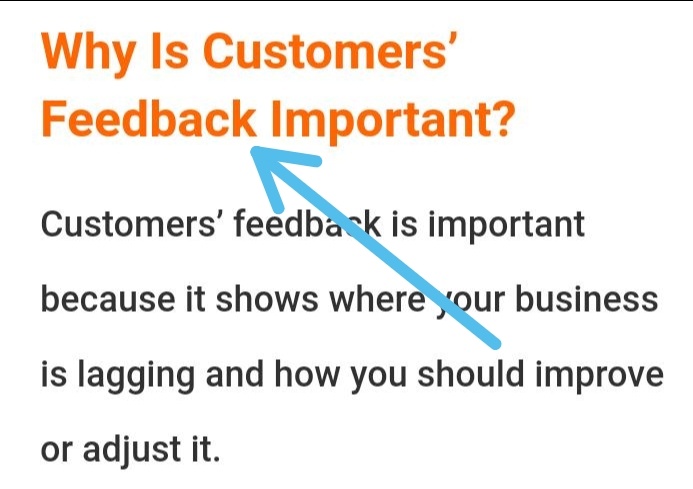
An example of H2 Header
H4, H5, and H6 tags are rarely used, except in long-form content.
-
Unique, Valuable Content
After you’ve written an SEO-friendly title tag and a unique meta description that draws users to click and read, your next area of concern is your page’s content. Let me quickly hush this into your ears:
“Charlie, your page’s content must not be whacky. It has to be unique. It does not have the same content out there. Google has a penchant for fresh content. That’s why you must break the internet with never-before-seen content.
Secondly, it has to be valuable. Use interactive media such as pictures or infographics, videos, and audio files. Let’s say your reader searches for “High Paying Niches in Freelance writing” your site must provide in-depth content to help your reader choose a high-paying niche.
Thirdly, it has to be engaging. You don’t want to sound like a robot. So infuse humour into your writing. Tell stories. Play with your reader. That way, the reader recognizes your personality.
Additionally, to optimize your content for search engines, infuse your primary keyword in the first 100 words of your content.”
Read Also: Beginners Guide to Content Writing in Nigeria
-
Internal linking & External linking
If your content has some jargon or terms the reader can’t easily understand, you provide a link to the page where it’s explained in detail.
You do this through either internal linking or external linking.
Internal linking
This is the art of providing links that direct visitors to another page in your site where the term is explained extensively.
That’s why you must have a good internal linking structure to help search engine bots crawl your entire website so they can see how the content on each page relates and how valuable it is.
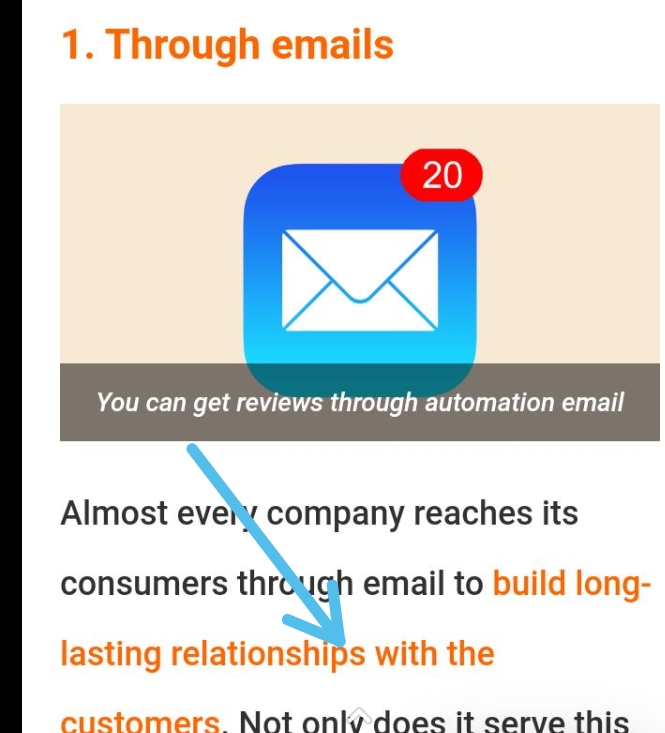
An example of internal linking
Visitors can easily explore the site if the pages are easily accessible. This helps reduce your site’s bounce rate and improves your web ranking.
External Linking (or Outbound linking)
Here, you’re providing links that direct visitors to another page on another website. It helps Google believe that your site is credible, and it lends trust and credibility to your site and boosts your SEO ranking.
You can use outbound links to social media sites or blogs to reach a wider audience, but don’t link to illegal or irrelevant sites because link farming is detrimental.
You can catch a glimpse of our SEO teachings by subscribing to our YouTube Channel. You will see the way SEO can work for your website.
On-Page SEO Techniques
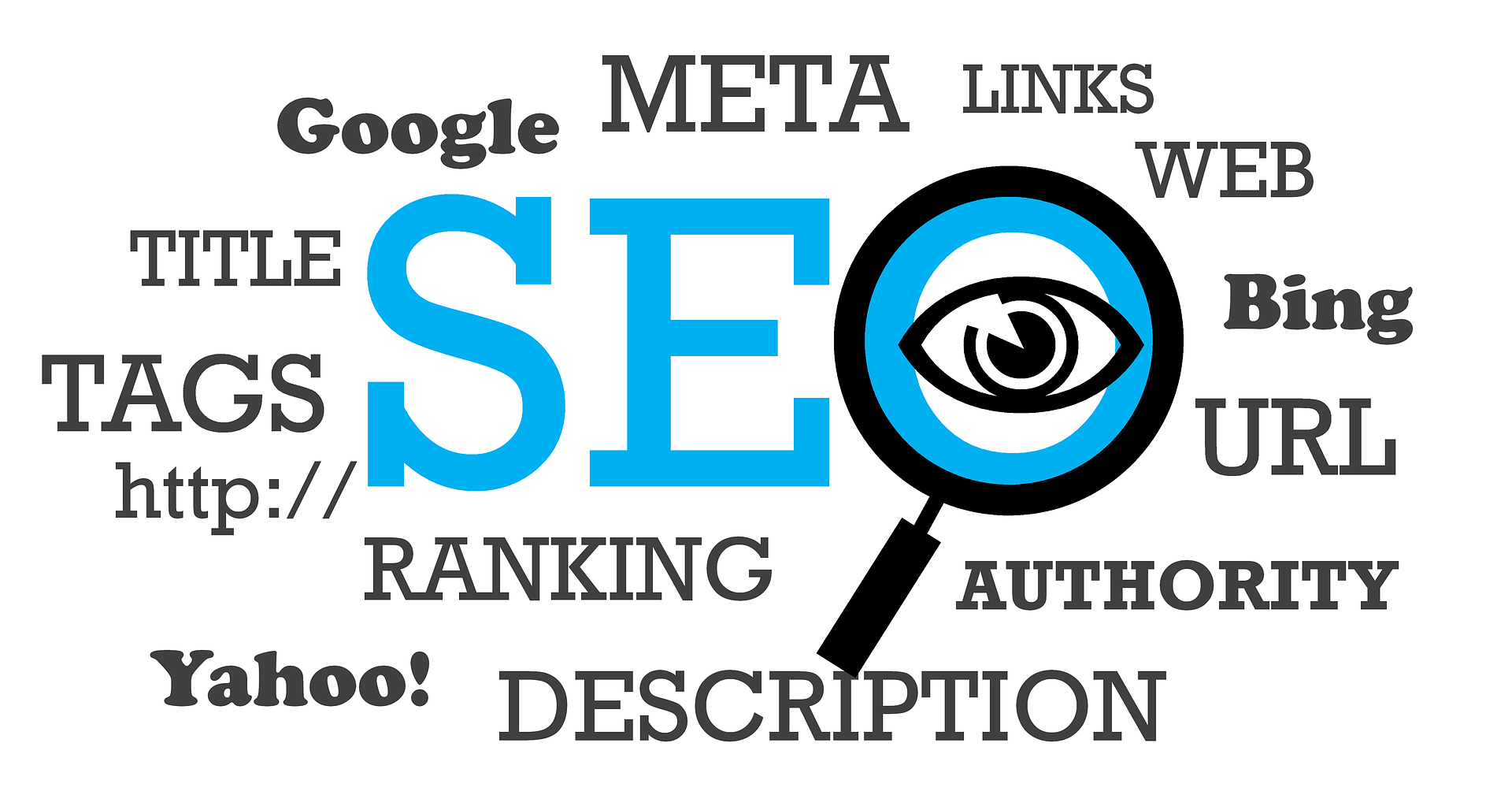
SEO Ranking
-
Keyword Research
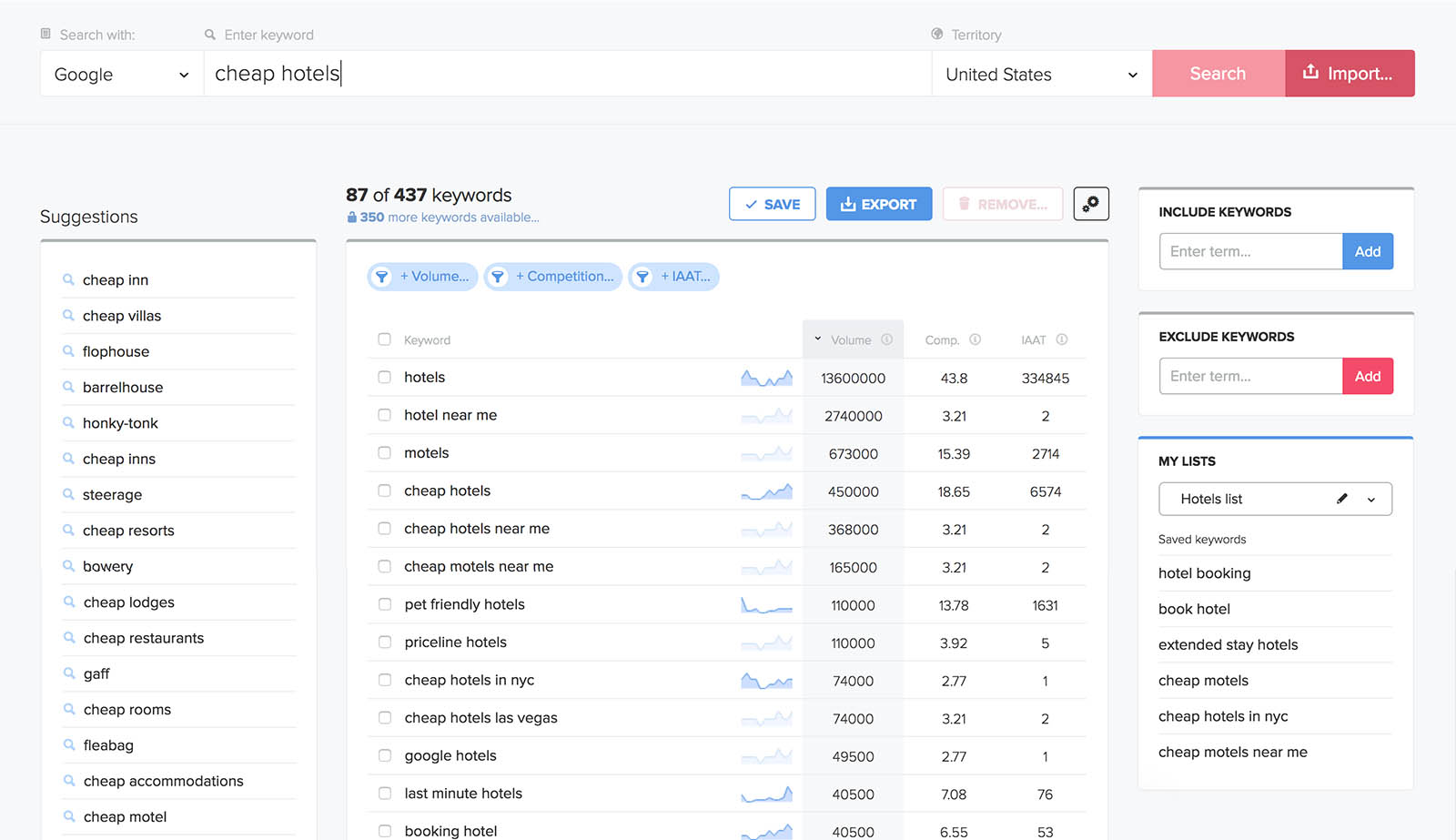
Using keyword tool to conduct keyword search
Charlie, before you begin to write your content, you must conduct keyword research to know the information your audience is searching for. You don’t want to write content that you and your family will sit at the dining table to read. You can conduct keyword research using SEO tools like Ubersuggest, SEMRush, Google Trends, AnswerthePublic, etc.
-
Keyword density
Keyword density is the number of times a particular keyword appears in the content divided by the total number of words in that content. The keyword density should be 2 – 3 per cent or less.
Let’s say your keyword appears 13 times in a blog post of 1200 words. 13 divided by 1200 gives us 0.011 approximately. So 0.011 multiplied by 100 gives us 1.1. This result shows you are not guilty of keyword stuffing.
-
Image optimization
Interactive media like images, videos, audios, etc., contribute to your SEO ranking if they are well-optimized. You need to optimize images in a way that’s good for search engines and users.
Alt – or Alternate – texts display images on a web page. It must be descriptive and must include keywords.
Here’s an example of an alt text:
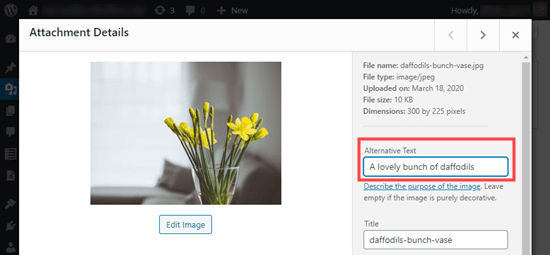
WordPress’ example of Alt text
Change images based on the screen size. For example, for desktop sites, use heavy-duty and light-weight images for mobile sites.
-
Page load time
The page-load time of your page is critical to your On-site SEO. If your page-load time is slow, it results in a bad user experience, thereby preventing the visitor from accessing the content on your page. To avoid this, compress or limit your image file size to less than 80 – 90 KB for optimal page-loading time.
-
URL Optimization
Another important On-page SEO technique is URL optimization. It should be SEO-friendly and devoid of special characters or numbers mixed with words. In addition, it should be meaningful and influence what the site is about.
For example, https://www.insight.ng/ is meaningful because it informs you that the website is for insights into different categories. Also, as recommended by Google, hyphens indicate space, so you should use them instead of underscores.
-
Mobile site optimization
One of the most important SEO techniques is mobile optimization. Google ranks mobile-friendly websites to help users identify which websites will work best on devices.
According to a body of research, most internet traffic comes through mobile phones and tablets. This reduces the bounce rate of the site and improves its ranking.
So, ensure your pages are mobile-friendly.
Conclusion
There you have it, Charlie! I am sure you’re now filled with the basic knowledge of On-page SEO. But here is something I want you to know: if you don’t implement everything you’ve learnt, you won’t get results. So do apply the knowledge.
Also, if you found this article helpful, share it with your friends or on your social media handles. I’m sure you’ll do this to make our friendship last longer.
Have a great day, Charlie.
You can have a chat with our SEO experts to educate you on how to become better at search engine optimization.
About Author
-
Olasubomi Samuel is an SEO content writer and a direct-response copywriter.
As the former, he has created several in-depth, engaging blog posts ranking on the first page of Google, in niches such as self-development, digital marketing, e-commerce, and freelancing.
As the latter, he helps online coaches, course creators, and self-development brands generate maximum ROI by using his proven A.O.C strategy.
When he is not writing, he is seen listening to Christian messages or cracking jokes to make his friends laugh.
Latest entries
![5 Healthy Ways to Deal With Negative Thoughts [with Practical Examples] 11 Negative thoughts](https://insight.ng/wp-content/uploads/2024/05/e7be359082eb522eb5198a6191742f6e-150x150.jpg) LifestyleMay 8, 20245 Healthy Ways to Deal With Negative Thoughts [with Practical Examples]
LifestyleMay 8, 20245 Healthy Ways to Deal With Negative Thoughts [with Practical Examples]
 EntrepreneurOctober 28, 2022How to Generate Email Marketing Campaign Ideas
EntrepreneurOctober 28, 2022How to Generate Email Marketing Campaign Ideas FreelancingSeptember 21, 2022Importance of Pay Per Click in Content Marketing
FreelancingSeptember 21, 2022Importance of Pay Per Click in Content Marketing

